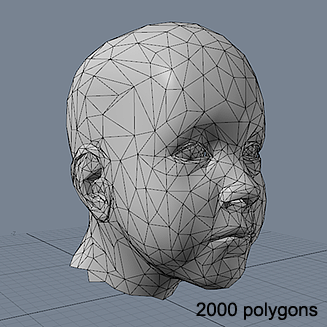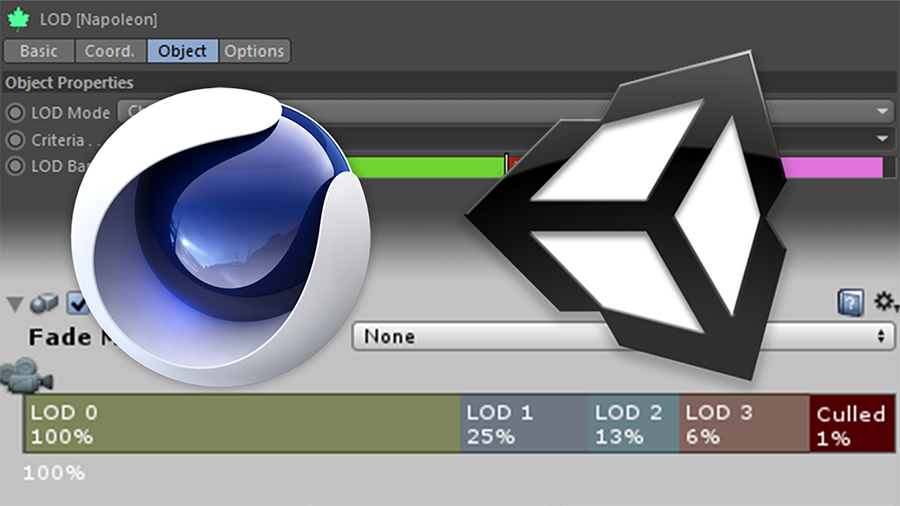
When a topological error is detected after the first round of simplification, the involved boundary segments (not the entire polygons) will be located and a reduced tolerance will be used The tolerance specified may be suitable for a majority of the polygons but not for all, especially those in congested areas.Processing time will be longer This option is not supported in an edit session. Resolve topological errors (RESOLVE_ERRORS in Python): repairs topological errors introduced by the simplification process.Use the SimPlyFlag field to examine features which have topological errors.

The flag values will remain in place after a topological error has been resolved.In the SimPlyFlag field, a value of 1 indicates an error was introduced 0 (zero) indicates that no error was introduced.The InPoly_FID field links the collapsed points to their input polygons.InPoly_FID and SimPlyFlag contain the input feature IDs and topological errors, respective. The polygon output will contain two new fields to indicate whether or not a feature has a topological error.This option is not supported in an edit session. Use this option when the importance of identifying topological errors is greater than the importance of resolving errors. Flag errors (FLAG_ERRORS in Python): the result of the simplification process will be checked for topological errors, features with topological error will be flagged.Use this option only when you have confidence in the topological accuracy of the data. Do not check for topological errors (NO_CHECK in Python) : the result generated by the simplification process will not be checked for topological errors.There are three options for handling topological errors in the output: Multipart polygons are simplified as individual parts. The polygon output will contain all the input fields the point output will not contain any of the input fields. The point output name and location is automatically derived from the output polygon name with a _Pnt suffix. The tool produces two output feature classes, a polygon feature class to store the simplified polygons and a point feature class to store points that represent any polygons that were collapsed to zero-area. For a group of adjacent polygons which share common edges, it applies to the total area of the group. Any polygons which are smaller than the minimum area after the simplification process is completed will be removed from the output feature class. The Minimum Area parameter applies to simplified polygons only. Use this method for less, more refined simplification. It operates by eliminating insignificant bends along polygons.

The Retain critical bends method (BEND_SIMPLIFY in Python) is slower but typically produces results that are more faithful to the original and more aesthetically pleasing.The angularity (sharp corners) of the resulting polygon will increase significantly as the tolerance increases, so the polygon may become less aesthetically pleasing. Use this method for data compression or more coarser simplification, especially when the data is well-known.



 0 kommentar(er)
0 kommentar(er)
